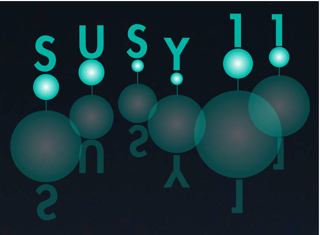Speaker
Dr
Ricky Fok
(Univ. of Oregon)
Description
We calculate the two-body decay rates of "quirkonium" states formed from quirks that acquire mass solely through electroweak symmetry breaking. We consider SU(N)_ic infracolor with two flavors of quirks transforming under the electroweak group (but not QCD) of the Standard Model. In one case, the quirks are in a chiral representation of the electroweak group, while in the other case, a vector-like representation. The differences in the dominant decay channels between "chiral quirkonia" versus "vector-like quirkonia" are striking. Several chiral quirkonia states can decay into the unique two-body resonance channels WH, ZH, t\bar{t}, t\bar{b} / b\bar{t}, and gamma+H, which never dominate for vector-like quirkonia. Additionally, the channels WW, WZ, ZZ, and W+gamma, are shared among both chiral and vector-like quirkonia. Resonances of dileptons or light quarks (dijets) can dominate for some vector-like quirkonia states throughout their mass range, while these modes never dominate for chiral quirkonia unless the decays into pairs of gauge or Higgs bosons are kinematically forbidden.
